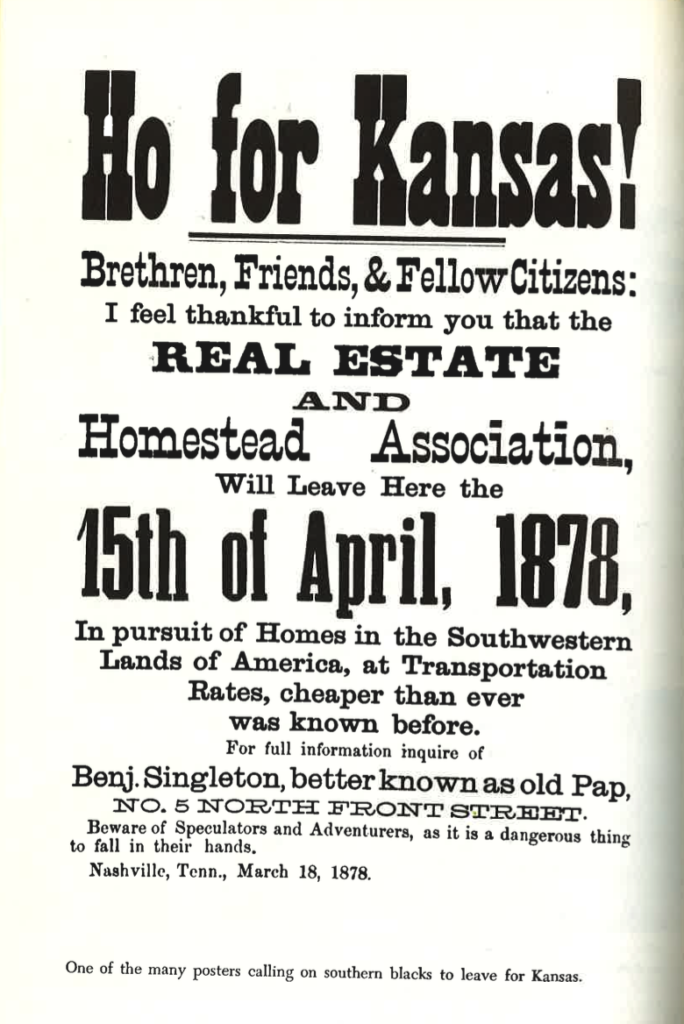By Mackenzie Vance, 2024 BSNM Summer Archivist Intern
Throughout American history, Black individuals have served the country in times of conflict. Still, whites often undercut any desire to serve a more significant cause with more power and a willingness to manipulate factors where they could. During the American Revolution, a British officer Lord Dunmore declared all “Negros” and indentured servants free if they would be willing to take up arms in His Majesty’s army. Some took the British up on this offer, while others fought on the side of the revolution.
One of the most famous depictions of the American Revolution is the famous painting Washington Crossing the Delaware. While many can identify the character of Washington in the painting, others may not be as recognizable. Thirteen men, representative of the thirteen original colonies, sit in the boat with Washington, one of whom is Black. There has been much debate amongst scholars as to the identity of this man; what is certain, though, is his existence in the image. Despite its subject matter as the Revolution, Emmanuel Lutze finished the painting in 1851 as tensions around slavery were simmering. It is worth noting here that Lutze was an abolitionist, so including a Black soldier with Washington was no coincidence.
Despite the inclusion of a Black individual in this iconic painting, the Civil War, and the Emancipation Proclamation, white settlers still thought of Black individuals as subservient to themselves. The army formed the Ninth and Tenth Cavalry Regiments and the Twenty-Fourth and Twenty-Fifth Infantry Regiments as all Black units of formerly enslaved men, yet placed white officers in command of these units. At Fort Steele in Wyoming, Frances Roe, the wife of one of these officers, thought there was a possibility that she could utilize these soldiers as servants in her home. She often wrote in letters how she felt about living with these troops.
By the 1870s and the end of Reconstruction, Black individuals began to establish their own homes and communities. Despite their legal freedom to do so, many obstacles stood in their way.

In 1879, Henry Adams organized the “Exodus of 1879,” where an estimated twenty to forty thousand Black folks traveled to Kansas. A poster from Nashville titled “Ho for Kansas!” promised good rates for real estate in Kansas. These objects highlight the ways in which Black individuals have continually been present throughout the history of the United States. While some have tried to diminish this presence, others have sought to acknowledge it.




